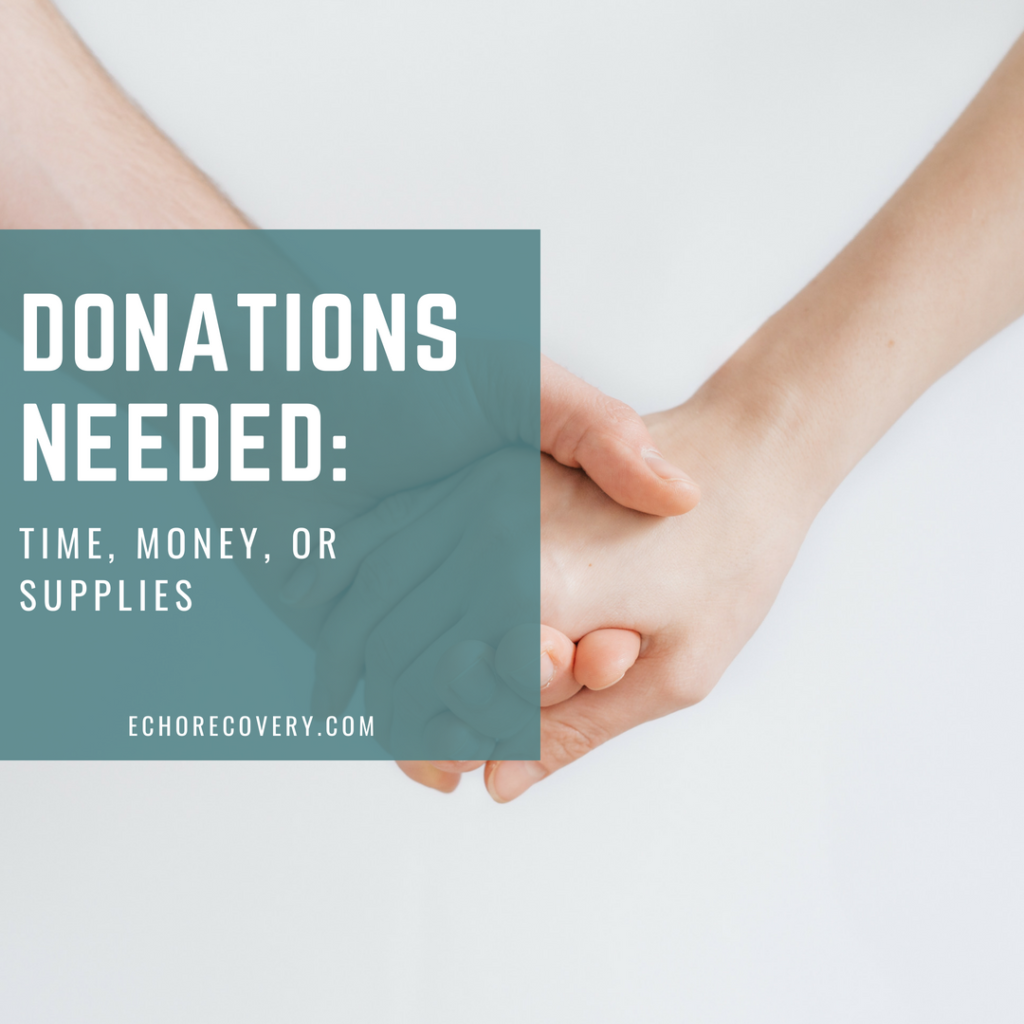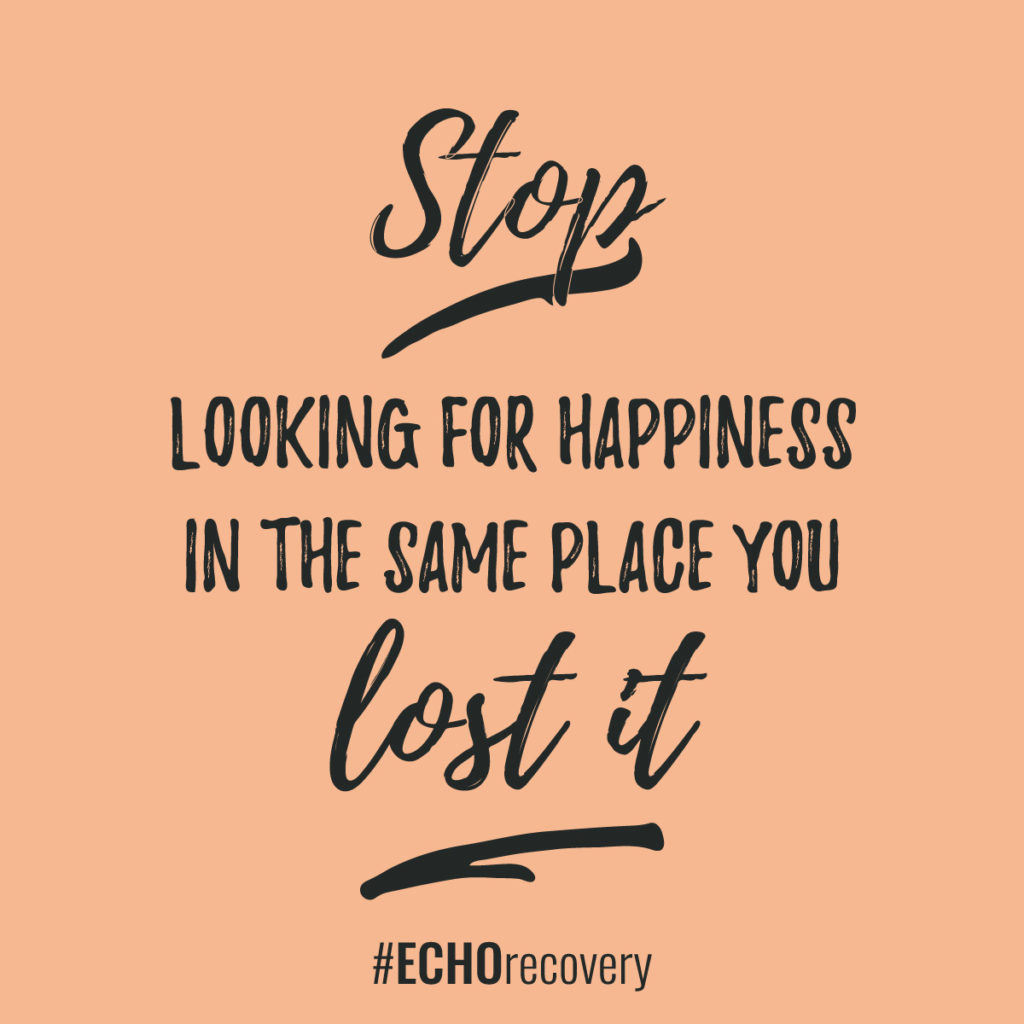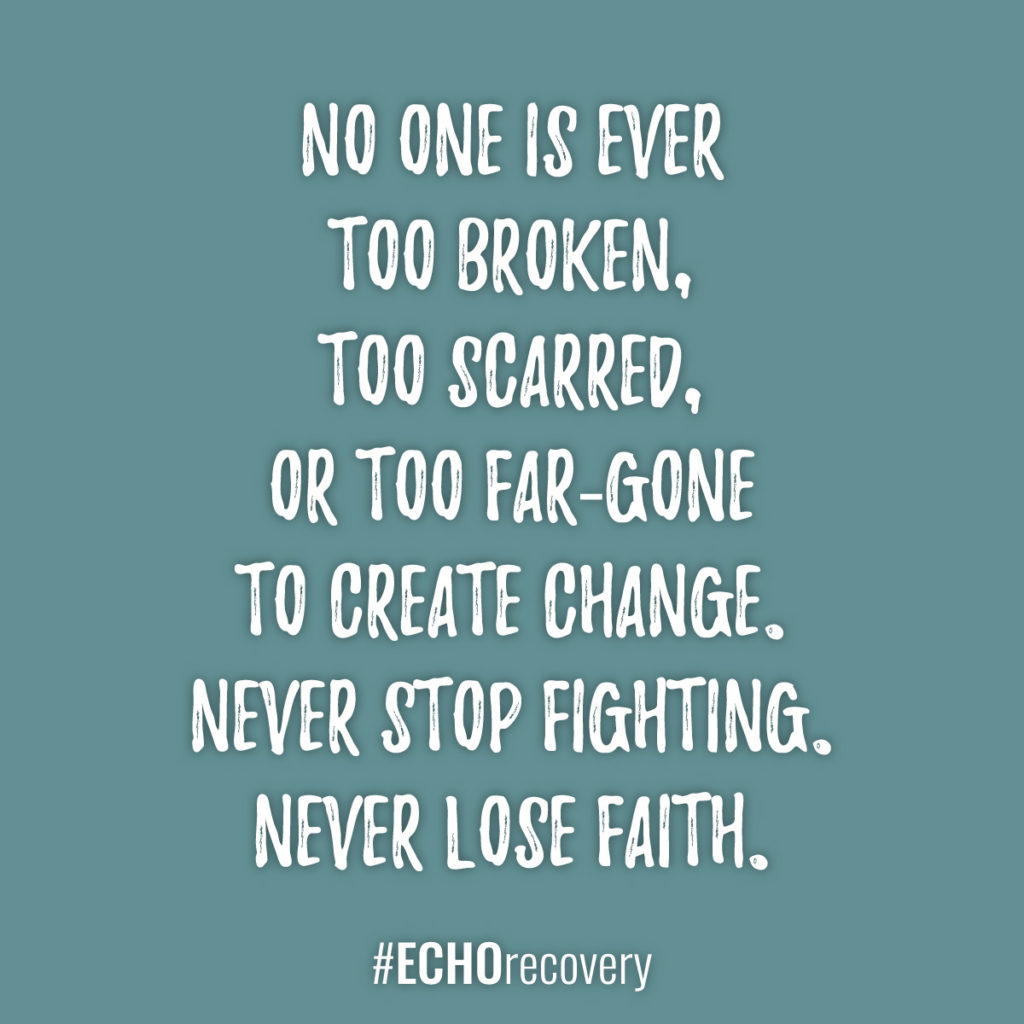Sober Living and Recovery Housing
Finding a circle of support, living with others who understand where you’ve been, and connecting with those who have the same goals are a few reasons why sober living is successful.
Most sober living residents have met their addiction head-on in rehab, and have gone through a high level of treatment. But, transitioning back into a life without drugs can be challenging. Old habits, attachments to old acquaintances, and familiar places die hard.
Recovery housing offers a safe, stable alternative. With more freedom than a residential facility, yet the same accountability for a drug-free lifestyle, monitored recovery home programs provide a bridge between newfound sobriety and lifelong sobriety.
Sober Living Makes a Difference
Being accountable in recovery from addiction sets a precedent for maintaining a long-lasting recovery. This type of living environment positively impacts those working toward a better way of life.
Sober living residents are required to:
- Follow rules.
- Contribute to household chores.
- Submit to drug and alcohol testing.
In the everyday world, successful people live according to a schedule. Similarly, sober living residents learn to create routine and live according to a daily schedule. They begin to go to work (or back to work, in some cases) and find success day by day in creating life out of the ashes of their destructive addiction.
Donating to sober living facilities makes you a partner in the fight against substance abuse.
ECHO Recovery is affiliated with ongoing support programs for people struggling with drug and alcohol abuse. Recovery housing comes with access to support group meetings and clinical, and even medical, services in the local community.
Opportunities for You to Help
The number of individuals and families who have gone through addiction troubles are staggering. Most people have been touched by addiction in one way or another.
We know many people want to give back to fight the disease of addiction. Even if you haven’t experienced it in a profoundly personal way, you probably have some idea of the destruction addiction can have.
Helping people heal has a tremendous impact on our world.
Where Donations Go
The donations we receive at ECHO Recovery go toward helpful causes like providing common household items to recovery housing residents. To begin to replace what they’ve lost, because the addiction has taken everything, we need your help.
Not just in monetary gifts, but the items you donate make a tremendous difference to those staying in recovery homes. Starting a life without substances includes being responsible for normal, everyday tasks such as washing and folding laundry, cooking, doing dishes, and making a bed. Believe it or not, many individuals coming out of addiction have forgotten or never learned the basic requirements of daily life.
We are grateful to receive items that are either monetary or non-monetary. Some of the non-monetary gifts we receive are:
- Bedding for twin-size beds
- Paper products: towels, toilet, cups
- Soaps: hand, dish, laundry
- Gift cards to stores: grocery, home improvement, gas stations
Items we graciously accept that can be gently used include:
- Lawn equipment
- Household cleaning utensils
Monetary Gifts
Do you want to help provide a scholarship an individual who’s embarking on sober living? That is an option available to you. Would you like to make a monetary gift to cover some expenses for a group of residents? That is also a possibility.
In simply giving what you can, rest assured that your dollars will be well appropriated where most needed.
East Coast Sober Living Donations
The national opioid crisis has put a premium on space at addiction rehab centers and, in turn, sober living homes. America can’t seem to meet the needs fast enough for those suffering from addiction to opioids.
Drug and alcohol addiction rips away relationships, jobs, family, finances and freedom. The emotional, spiritual, physical and financial bankruptcy caused by addiction devastates a person and destroys several lives. Many people have lost everything to this illness we know as addiction.
Some of those in rehab have absolutely nothing. And when you’re starting from ground zero, it’s not hard to be grateful for any little thing you’re given.
However, the one thing those recovering from drug and alcohol abuse do have is themselves. They survived. They are still here and they are fighting to keep their life and their recovery going. And, they need all the help they can get. We are here to provide that help, with your support, if possible.
East Coast housing can be expensive. And starting over from rock bottom is tough. We all need a little help once in a while, and this is your once-in-a-while opportunity to help.
You can help America fight this hideous epidemic right here on the East Coast.
No matter how or in what way you feel moved to align with the purpose of fighting back against the human condition of addiction, we love that you are considering helping finance our nonprofit work of assisting people in recovery.
Donate Now or See More Item Donation Ideas:
Jenny Weatherall is the co-owner and CEO of Eminent SEO, a design and marketing agency founded in 2009. She has worked in the industry since 2005, when she fell in love with digital marketing… and her now husband and partner, Chris. Together they have 6 children and 3 granddaughters.
Jenny has a passion for learning and sharing what she learns. She has researched, written and published hundreds of articles on a wide variety of topics, including: SEO, design, marketing, ethics, business management, sustainability, inclusion, behavioral health, wellness and work-life balance.












